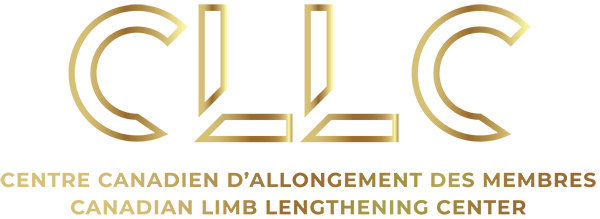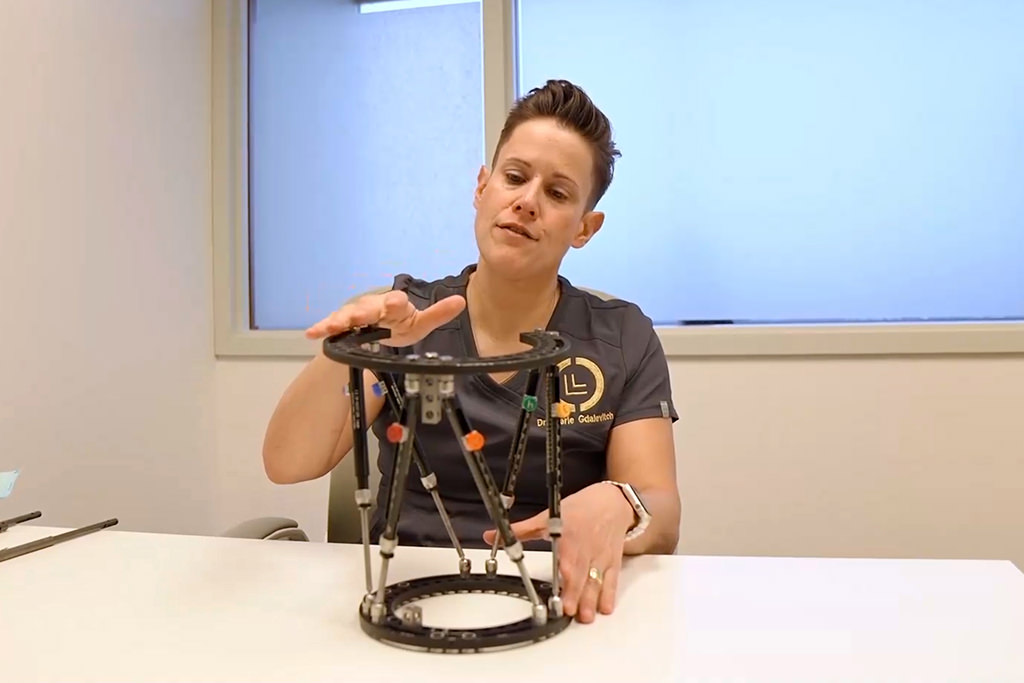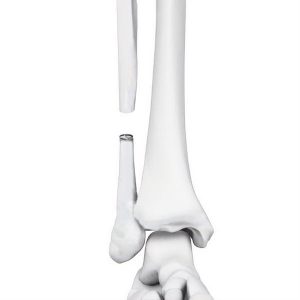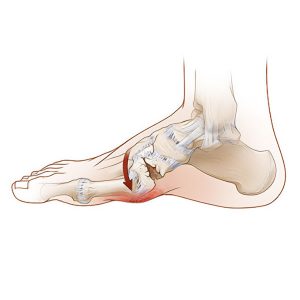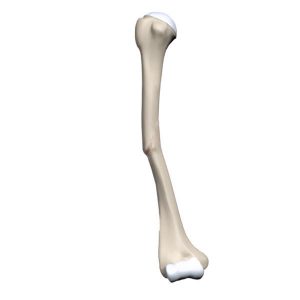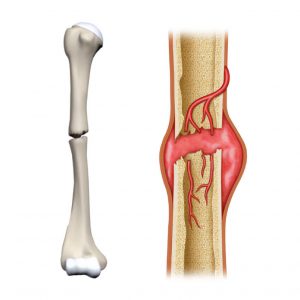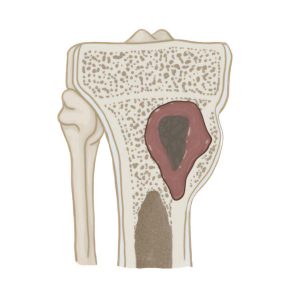Bone loss, deficits, gaps, or non-unions are areas of missing bone that need to be healed with the help of a bone transport or vascularized membrane procedure. These surgeries can be performed using internal or external technology offered at the Canadian Limb Lengthening Centre. When bone is broken, it heals by first forming a callous (which is new bone that is still soft but will harden over time). Bone transporting uses this process of callous formation (or healing new bone) and stretches it gradually (a process called distraction osteogenesis) to fill the space where bone is missing. This is done using fixation devices that slowing stretch the new forming bone in order to make it long enough to fill the gap. Bone transport techniques can be used to fill very large bony defects (or gaps), anywhere from 2-16 or more centimeters.
Indications / Candidacy
Patients who require bone transport are usually missing a section of bone due to infection, trauma or disease. If a patient has undergone a serious injury or had bone infections, there may be a gap or empty void left in their bone. Candidates will be assessed by one of our surgical specialists to ensure a proper diagnosis and that all physical criteria for surgery are met.
Good candidates for this surgery may have:
- Segmental bone loss
- Bone loss as a result of fractures, tumour resection or extensive debridement for bone infection
- Bone non-unions (broken bone that has failed to heal)






Treated Conditions
The Canadian Limb Lengthening Center offers treatment of many complex orthopedic conditions. We pride ourselves in providing highly specialized expert care and the most up to date equipment and technologies. Using a holistic approach to acute deformity correction, we help patients treat many of the following conditions:
Surgical Technique
Results
Historically, due to the difficulty in managing segmental long bone defects, amputation would have been the preferred treatment for many of our patients. With advances in technology offered at the CLLC we provide patients treatment techniques to manage bone loss, bony deficits and gaps, and non-unions. Some of these techniques have reduced treatment time and complications and facilitate normal daily life during the treatment course. With the ability to regenerate bone defects greater than 10cm, patients typically live very active, healthy lives after surgery. Bone transport can increase function, improve muscle strength, and decrease discomfort for our patients. A variety of psychological benefits are also experienced as a result of having a limb reconstruction solution instead of an amputation.
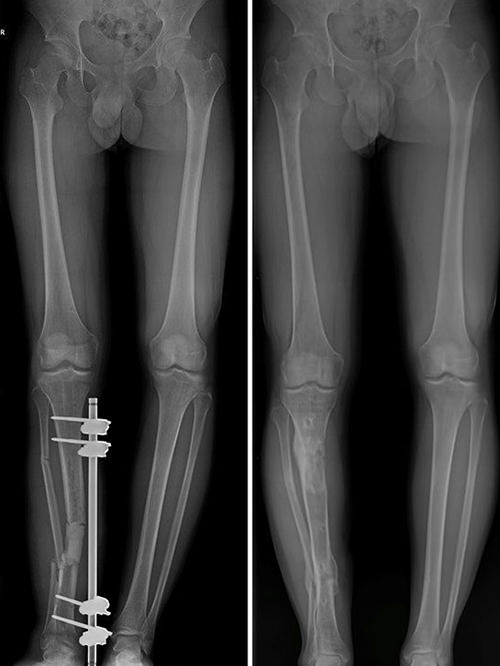

Potential Complications
As with any surgical procedure, bone transports can have difficulties and complications. We take extensive measures to avoid complications and have experienced specialist who know how to respond in cases where difficulties arise. In most cases, the problems may be addressed such that the end result, or outcome, is not compromised. Complications and side effects may include:
- Delayed union, non-union or malunion of the bone
- Superficial (skin and soft tissues) or deep infection (bone infection)
- Neurovascular injury (very rare)
- Compartment syndrome (very rare)
- Pin tract infection
- Joint stiffness
- Axial deviation
- Soft tissue incarceration
Case studies
AM I A CANDIDATE?
Are you experiencing an orthopedic condition and would like to improve your physical capabilities?
Or you simply would like to achieve your long-lasting dream of improving your height?
Let us help you achieve your optimal health and wellness in a professional setting.
Let’s open up a discussion to help you achieve your goals.




Highly specialized expert care at CLLC
At the Canadian Limb Lengthening Centre we offer complex deformity correction and limb lengthening surgeries performed by experienced surgeons with the most up to date technologies. When it comes to your care, and treatment of deformity and limb length discrepancy, our surgeons have extensive training and experience.
